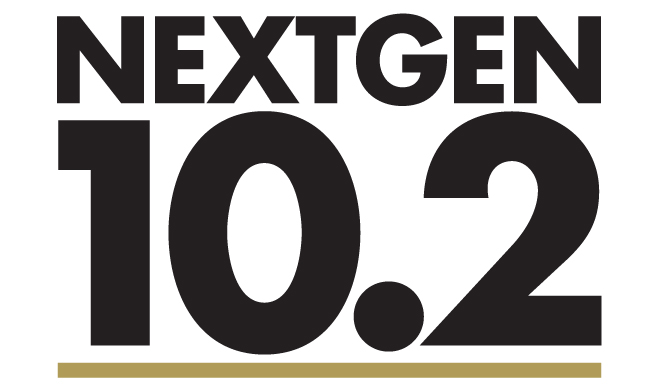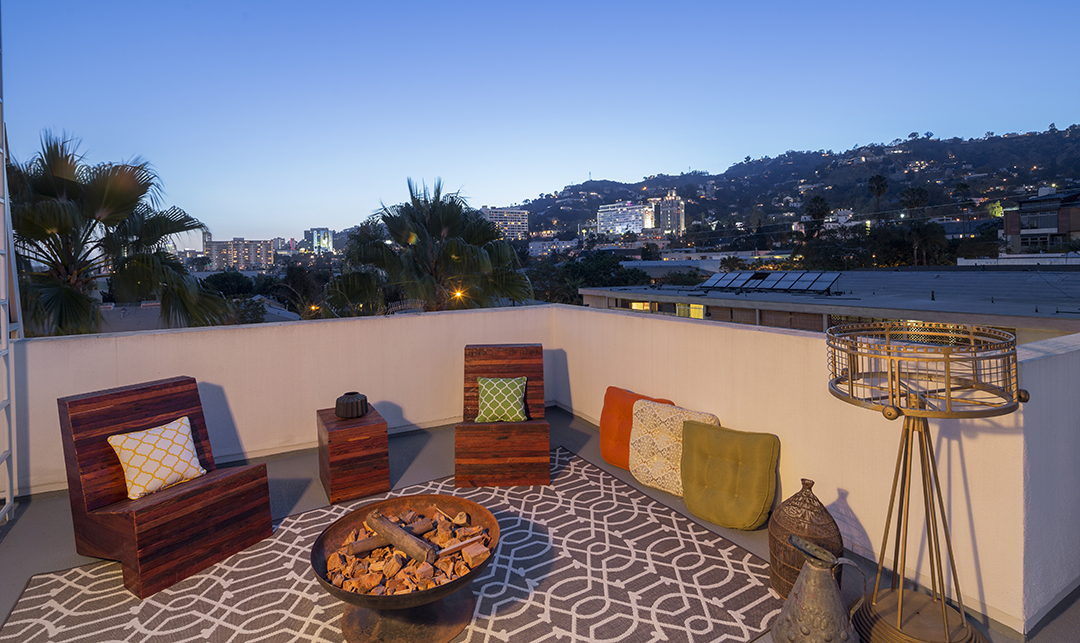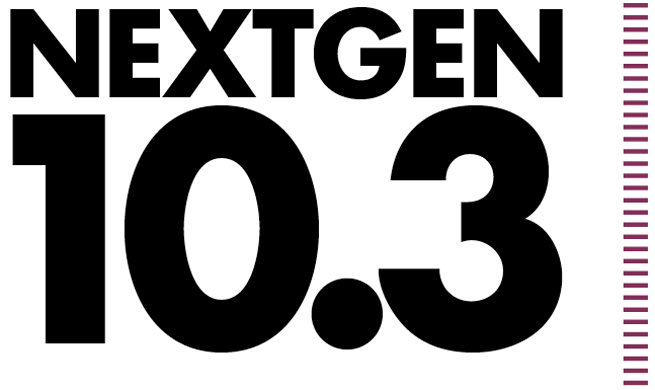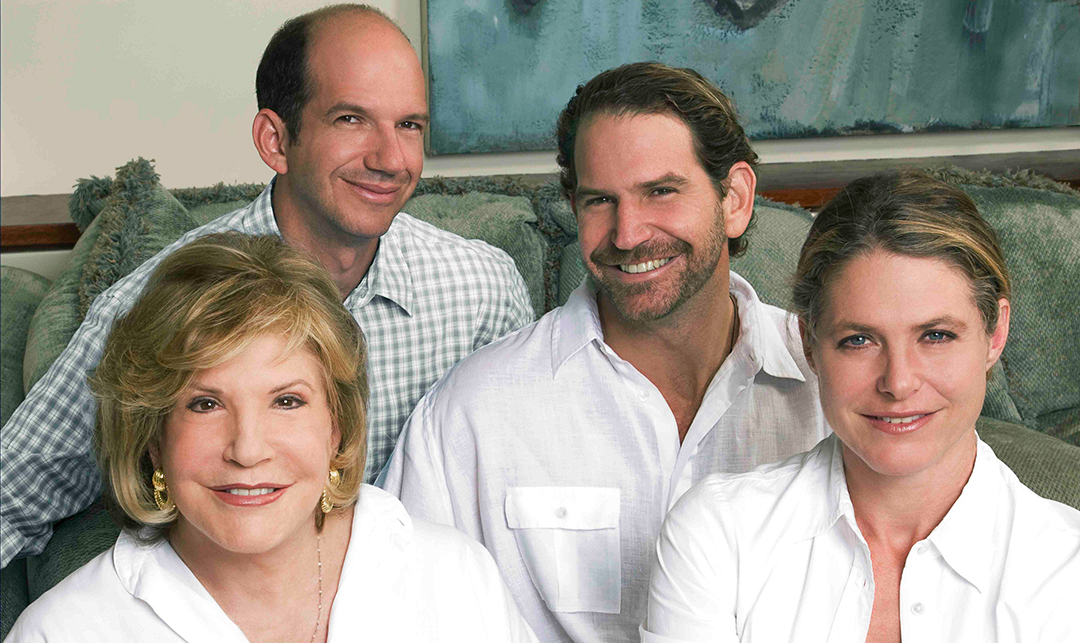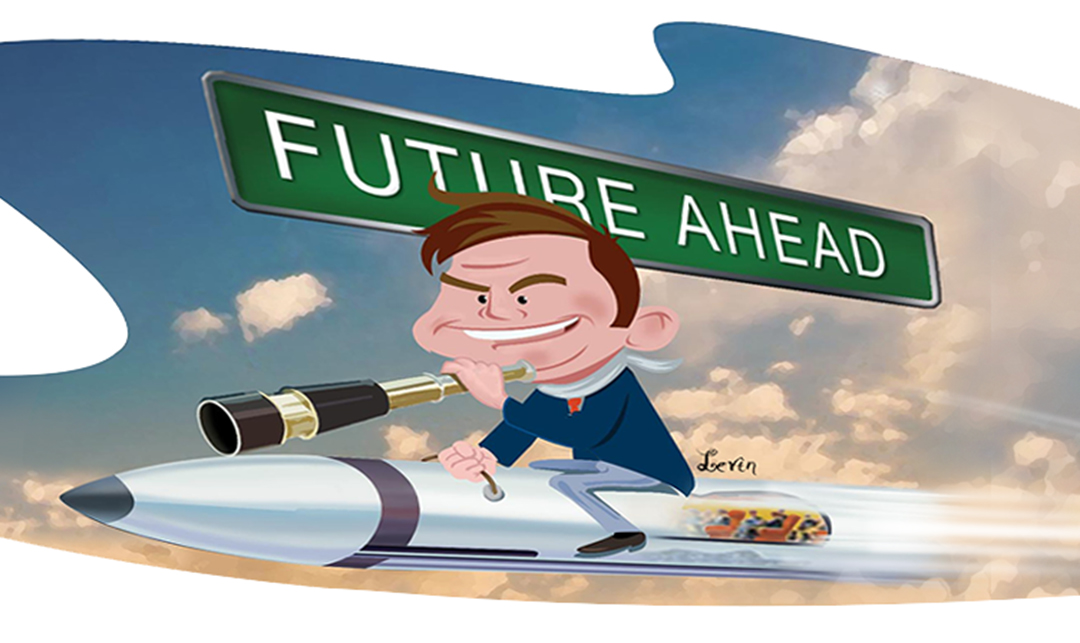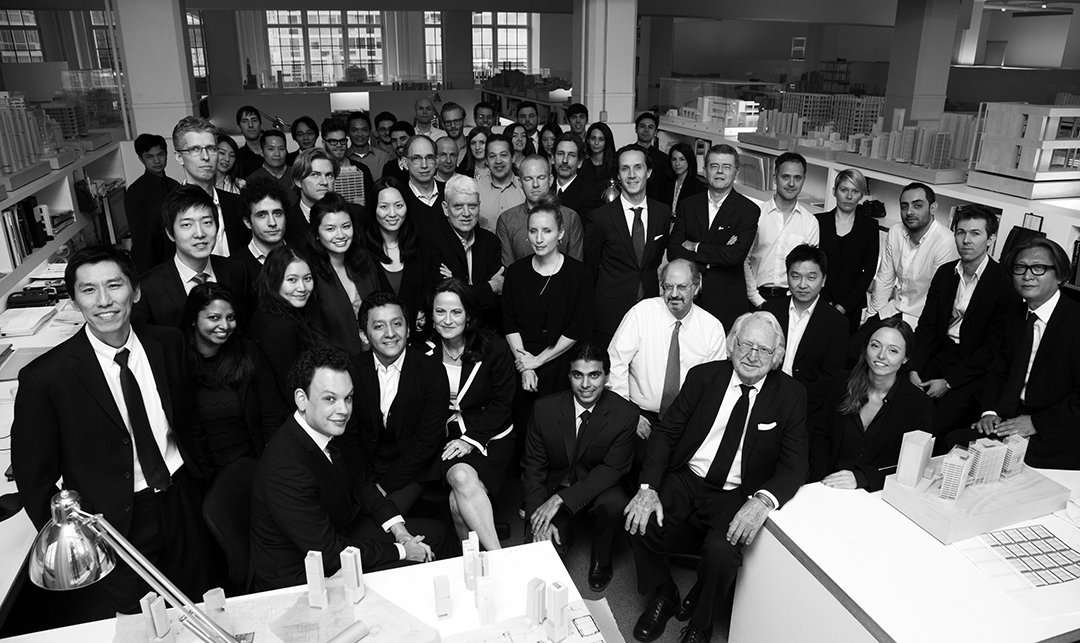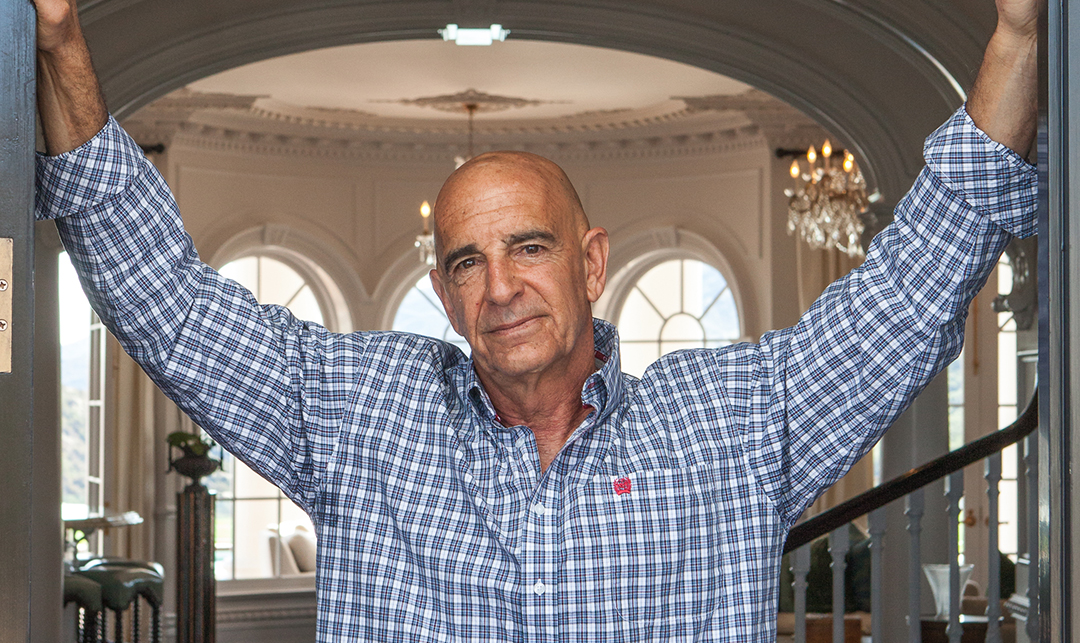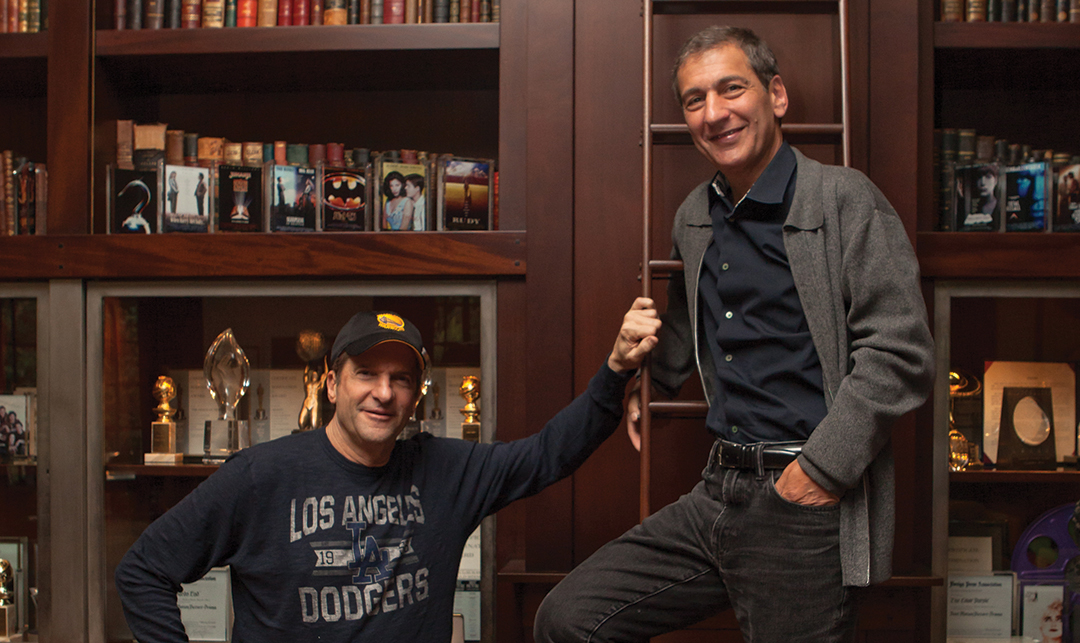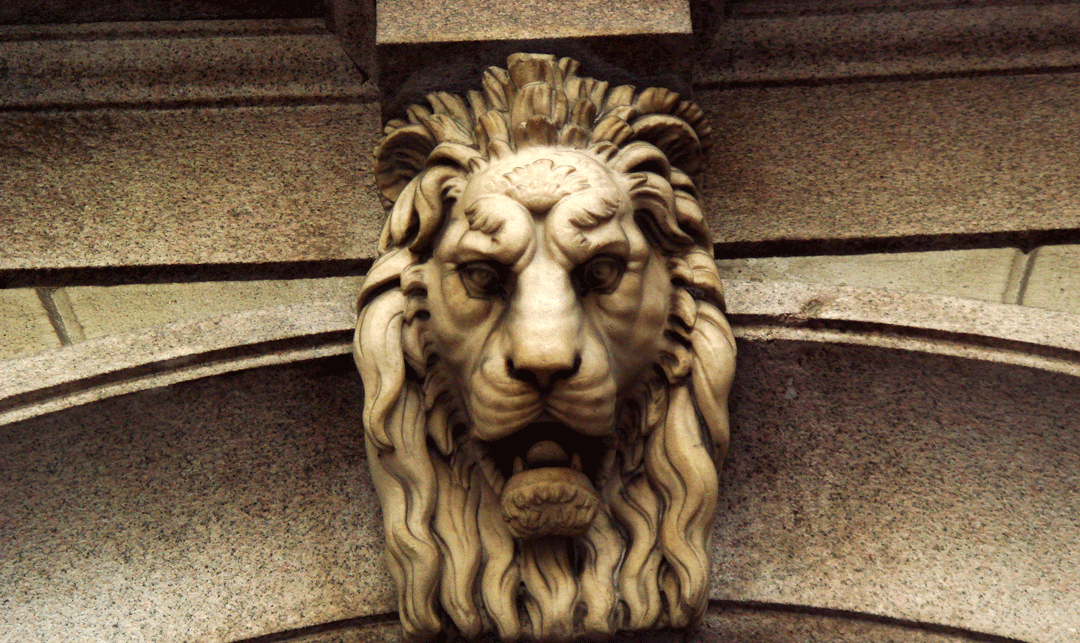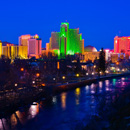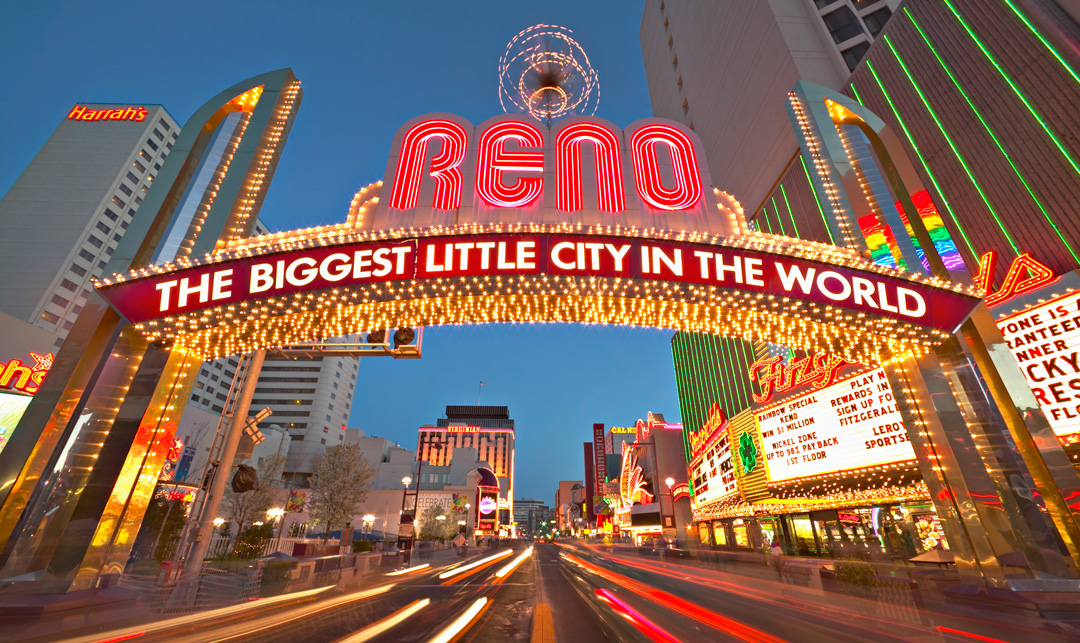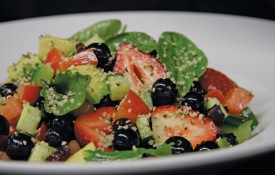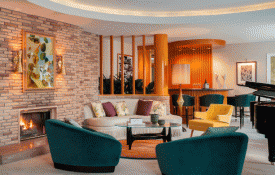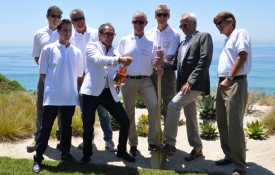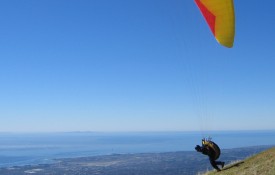The popular idioms “What happens in Vegas stays in Vegas” and “Vegas, Baby!” definitively capture the spirit of the city’s gaming, glamorous excess and spectacle. However, Reno was where the action was just over a century ago. When miners and other settlers struck it rich, they would head to Reno to see if they could extend that winning streak, forever sealing Nevada’s notoriety as America’s gaming haven.
Starting in the 1930s, however, the sands and fortunes shifted from the northern to southern part of the state. A decade after Las Vegas received its first gambling license, mobster Bugsy Siegel built the fabled Flamingo Hotel & Casino in Las Vegas, drawing the spotlight and glitz further south, and consequently, pleasure seekers in from around the world. Reno continued to beckon risk-taking residents from California, as well as serve as a point of departure for a Lake Tahoe ski weekend and convenient divorces. In the decades that followed, Reno fell under its sibling “sin” city’s shadow.
The contrast could be expressed in musical terms. In the 1960s, as Elvis was joyously crooning, “Viva, Las Vegas,” Johnny Cash recounted in “Folsom Prison Blues” that “…I shot a man in Reno…Just to watch him die.”
Scoring That Winning Hand
Although the recession of 2008-09 affected both Nevada cities profoundly, the winds of change prompted some of Reno’s more ambitious developers and business owners to take risks. However, the goal was less about rebuilding than reinventing. The maxim “America’s Biggest Little City” has a new meaning in 2016, with new buildings, modern upgrades to existing casinos and neighborhoods like Midtown that have more to them than just a fresh coat of paint.
Much of the most dramatic changes in the past five years can be traced to young artists, entrepreneurs and tech businesses taking advantage of the state’s tax breaks and reasonable cost of living. Major companies like Tesla and Apple are leading the way in terms of businesses large and small seeing the city in a new light. Although the Peppermill Resort Hotel Reno began as a humble coffee shop over four decades ago, it grew into a lavish AAA Four Diamond resort. In recent years, it recently raised the stakes with the opening of its top-end Tuscany Tower, whose décor could be described as Southern Italian splendor spiked with burnished Old West touches.

Poolside at the Peppermill Resort which underwent a multi-million dollar renovation in 2016
While the Peppermill is, along with Asian/Arabesque/Art Deco-inspired Atlantis Casino Resort and stellar downtown Silver Legacy Resort, perfectly suited for larger business gatherings and outfitted with everything executives would want (from posh spas to well-equipped fitness rooms to atmospheric meeting areas, along with the requisite tables and slot machines), what’s happening behind the scenes at Peppermill makes it a microcosm of things to come in Reno.
According to John Kassai, the Peppermill’s central plant and geothermal engineering Manager, it started the process of becoming the first green casino in Reno in 2010. It is currently the only U.S. hotel to be heated completely by an on-site geothermal well, and as one result, has reduced its CO2 emissions by 12,000 metric tons per year. A closed-loop hydronic heating and cooling system utilizes outdoor temperatures to cool water instead of energy-intensive chillers, while comprehensive water conservation programs (including 40,000 square feet of artificial turf) saves roughly 5.2 million gallons of water per season and reduces the necessity for pesticides. There is even a soap and shampoo recycling program in place transferring unused amenities to non-profit Clean the World, which redistributes it to 1,200 children in developing nations annually.
The infrastructure of the hotel’s green initiative is so impressive, it’s become a popular attraction at the hotel in its own right. Kassai notes that it is not only drawing high school and college student groups but also executives, veterans and professional organizations to see how this intricate system has come together so successfully in six years, and what is planned for the future.

The Silver Legacy Resort
Beyond Buffets and Banquets
Like the resort’s sustainability program, Peppermill’s “locavore” approach to its restaurants is also setting a high bar for other casinos to follow, as well as taking cues from the many independent restaurants cropping up around downtown and nearby MidTown neighborhood.
“As far back as 20 years ago (my team) and I were sourcing from local farmers’ markets,” says Executive Chef Michael Lund. “For example, under the direction of Benny Sang, our chef in Chi (opened in 2009), we had two growers who cultivated Chinese long beans just for us, which generally have a very short shelf life. We would use fresh long beans the growers had just picked that morning for that night’s menu. We work not only with a select handful of local farms, but also artisanal vendors in to collaborate on special projects.”
Restaurants benefitting from Lund’s ingredient-specific outlook include the excellent Bimini Steakhouse (an old school steakhouse with modern twists), Oceano (a seafood concept with an updated menu in the works) and Biscotti’s (the perfect antidote to the soggy buffet breakfast stereotype). While Lund has to be sure there is a perfect balance of authenticity for big city visitors and approachability for local regulars, the most important thing is creating memorable experiences for groups of 2 to 2000 and up.
“When you have a clientele coming for an event, it’s all about adaptation,” he says. “Our many catering managers can help develop a custom menu for the occasion. However, if we can’t duplicate a favorite menu item from one of our restaurants for a large group, we can create a variation on it that will work in a larger banquet setting. We had a request last week to create a Kenyan banquet with items being paired with South African wines. To succeed, it’s a matter of doing the necessary research behind it to ensure there’s a balance between authenticity and what American palates will accept.”

The bar at Death & Takes in Reno’s Midtown District
Of course, to get into the meat and potatoes of Reno’s evolved dining scene, one needs to head towards downtown on Virginia Street, passing by trend-setting bars in the MidTown area (Chapel and Death & Taxes are regarded as standard bearers) on the way. Breweries such as Imbib, noted for its extraordinary sour beers, are doing their part to put other emerging neighborhoods on the map.
Chef Mark Estee has made waves with flagship restaurant Liberty Food & Wine, armed with house-cured charcuterie, hand crafted pastas and constant communication with DROPP (a department of The Great Basin Community Food co-op with a website where farmers, ranchers, and producers post their products for sale to savvy restaurateurs and consumers). Quality over quantity is how this place rolls, and where daily specials (such as a mushroom ravioli) are truly special. Chez Louie, his restaurant and catering arm at the Nevada Museum of Art follows suit with dishes that are equal parts filling and artistic.
Other extraordinary discoveries with an art gallery feel await serious foodies, cocktail connoisseurs and coffee fanatics include Jungle Café, Sierra Street Kitchen, HUB Coffee, Depot (a distillery with knock-out food and cocktails) and the Wild River Grill. Decades-old favorites like Miguel’s Mexican Restaurant and Louis’ Basque Corner manage to capture the affections of Millennials as they do long-time residents.
The Art of Reinvention
Rethought museums, neighborhoods and the “Arts District” along the Truckee River are also helping Reno generate a buzz as America’s next “coolest city,” winning it comparisons to Portland, Austin and Albuquerque.

On approach the National Automobile Museum in Reno, Nevada
Sculptures created for the annual “Burning Man” events (staged in Black Rock Desert, NV) line Reno’s parks. The Nevada Museum of Art provides a showcase for the state’s artisans from prehistory to the present as well as a memorable rooftop event space. The Stremmel Gallery fills the role of a more traditional art museum, with contemporary paintings, drawings, mixed media and sculpture by mid-career and established American and European artists. The National Automobile Museum downtown houses more than 200 vintage cars and is said to be in the list of the top five auto museums in the world.
Another enchanting convergence of old and new is The Basement, hidden beneath the former U.S. Post Office building. While the opening of West Elm (the first major retailer to open downtown in 30 years) has garnered headlines, it’s the hidden gems that make it worth exploration, from juice bar Rawbry, which playfully taps into the city’s Mafia past, to the Sugar Love candy shop, Kalifornia Jean Bar, Tahoe Nevada Love, Apothecary, Pantry Products, and the New Deal. A few blocks away, one will find tourist information, souvenirs and seriously cool tee shirts at Reno eNVy, featuring designs from various local artists.
If a visitor expresses surprise at how today’s Reno stacks up against previous experiences expectations, several locals counter those remarks by pointing out that in five years everything will look and feel completely different. With this mindset, one can safely bet the city will transcend its current boomtown status in a most delightful way.





